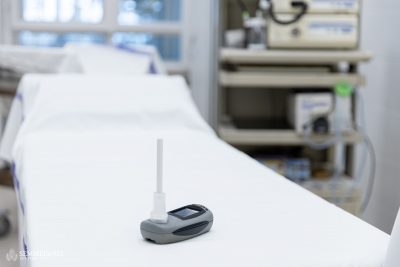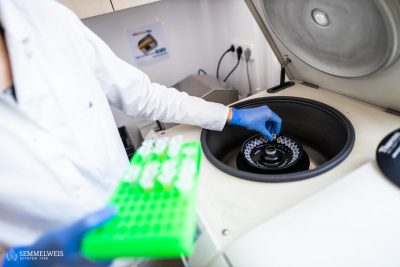“The small intestine is not a sterile environment, the number of bacteria in it is natural up to a certain limit, but if the bacteria increase and the composition of the gut flora changes, this can cause problems and affect the absorption of the food you eat. The most common symptoms are abdominal bloating, gas, diarrhoea and constipation,” says Dr. Veronika Papp, adjunct professor at the Department of Surgery, Transplantation and Gastroenterology at Semmelweis University. She emphasized that there are certain diseases that predispose bacteria in the colon flora to proliferate in the small intestine and cause this unexplainable symptom complex of bloating and diarrhoea.
Examples include a decrease in the secretion of certain digestive enzymes, some chronic diseases affecting other organ systems, inflammatory bowel diseases and their complications, previous surgery that has altered the anatomy of the gastrointestinal tract, a sedentary lifestyle, or even less gastrointestinal motility as a consequence of diabetes. But it can also be caused by obesity, an unhealthy diet, prolonged use of stomach acid-reducing drugs, or even as a post-COVID symptom.
Gastroenterologists use a hydrogen exhalation test to diagnose the condition. As a starting point, the patient drinks a liquid containing a non-absorbable carbohydrate called lactulose.
Human cells do not produce hydrogen on their own, but when bacteria are present in the small intestine in higher than normal quantity, they break down the lactulose ingested, which results the production of hydrogen. This is what doctors can measure during an exhalation test. During the test, which lasts around 180 minutes, you have to blow into the special device every 30 minutes. In general, it takes 90 minutes for the ingested lactulose to pass from the small intestine to the large intestine. If the hydrogen content of the exhaled air exceeds the permissible limit (20 ppm) within the 90 minutes, the pathology is confirmed,” the gastro-enterologist explained.
She added that more and more people are coming to the clinic with such complaints, many of them have already undergone a number of other tests (endoscopic examinations, food allergy and intolerance tests) and no disease has been confirmed. It is therefore possible that not the consumed food is a problem but the gut microbiota. Before the socially funded examination a gastroenterology consultation is always required, as well as a referral from the general practitioner.
The treatment of the disease starts with an antibiotics therapy, and the restoration of normal bacterial flora can be helped by a subsequent course of probiotics. At the same time, lifestyle changes and a low carbohydrate diet can also contribute to the successful recovery of the patient.
Orsolya Dávid, translated by Rita Kónya
Photo: Attila Kovács – Semmelweis University





